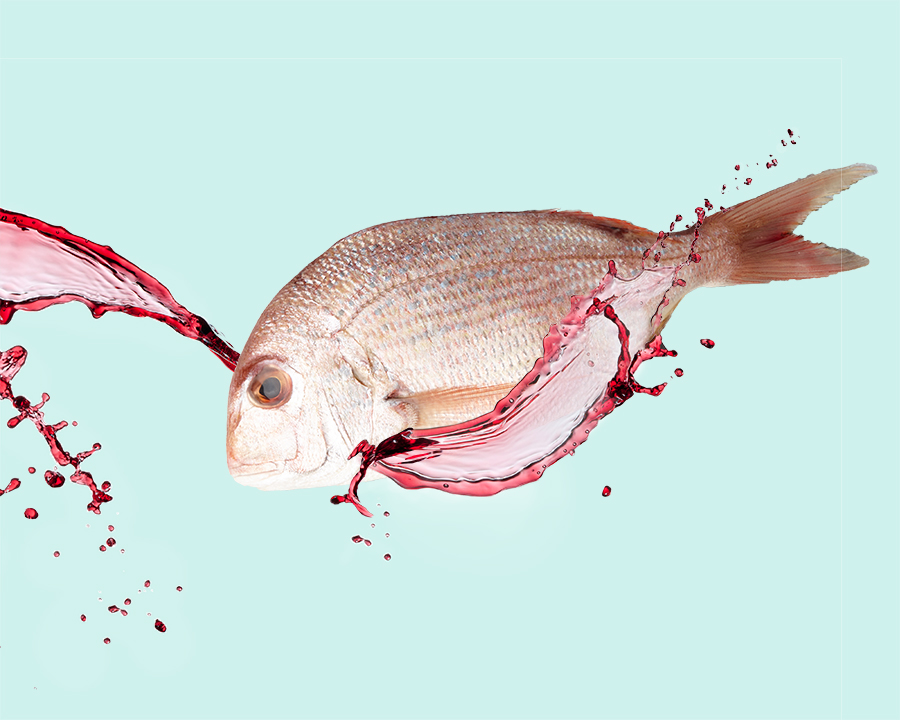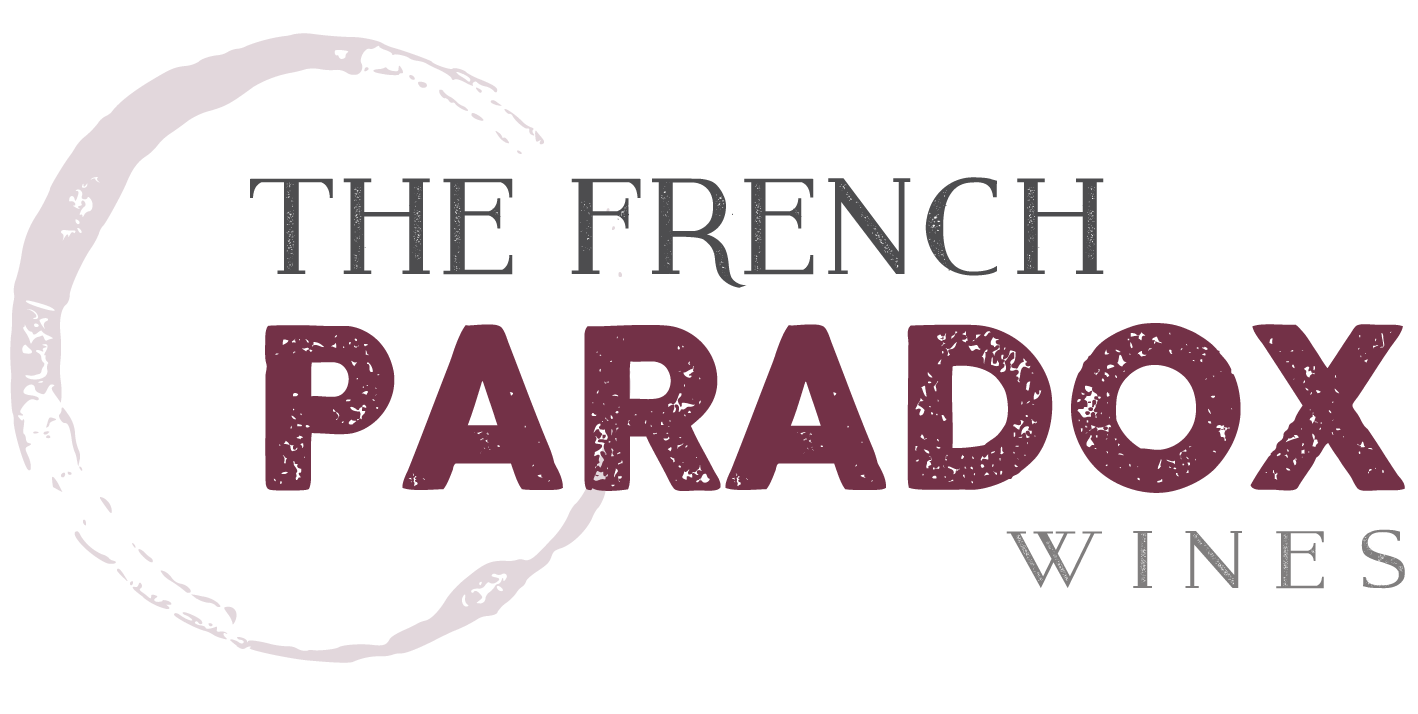It has divided nations. Toppled empires. Destroyed civilizations. Shattered friendships. Its long been rumored the real reason for the Beatles’ break-up.

Red wine with fish.
Quelle horreur!
Or not.
Depending on your point of view, the question of which wine ‘pairs’ well with what food is either too nonsensical to even say out loud or so vitally important that empaneling a focus group of experts before your next dinner party is not out of the question. Or perhaps you’re somewhere in the middle?
Well, I’m here to tell you that the question may not be silly but it’s really not that important either, and, really, it’s not that difficult to answer. There exist a few basic tenets, which you’ll soon see are entirely logical. So, let’s dive in…
Historically, people ate locally and drank locally. If you lived by an ocean, you probably ate more fish and seafood that someone who lived 800 miles inland. And whatever beverage was produced locally was largely what you drank. Tastes and traditions evolved and were bound together because survival was more important than social graces. Wine was made, because in many locations, potable water was scarce; wine was safer. The grapes that were planted (or rather, re-planted) were the grapes that prospered. And because, generally speaking, farmers would prefer to pick their crop when ripe (rather than over-ripe) and turn their crop into cash as quickly as possible, the resulting wines were naturally acidic and/or tannic, and would taste best with food. In dishes that are fatty, oily, rich or salty, acidity in wine can “cut” through the heaviness and be a refreshing change of pace on the palate. The tannic astringency and bitterness in the wine benefited the food as well; when paired with dishes that are high in proteins and fats (such as red meat and hard cheeses), the tannins will bind to the proteins and come across as softer.
So there’s the answer…eat and drink locally. Anything else?
Well, sure, we don’t always (or ever) eat and drink locally. Even your fav farm-to-table restaurant brings in products that aren’t local, especially their wine list. So what to do?
Match weight not flavor.
‘Weight’ in wine is about viscosity, how thick the wine feels in your mouth. This is largely a function of alcohol; higher alcohol wines are higher in glycerol. After ethanol and carbon dioxide, glycerol is the most abundant product of yeast fermentation and glycerol is more viscous and denser than water. That’s what gives you mouth ‘feel’, ‘legs’ on the glass, and sometimes a whisper of sweetness in high alcohol wines. Texture has a role in this as well; tannins, as we’ve noted, add astringency which, in addition to ‘drying’ your mouth, can feel scratchy or grippy. Big, alcoholic, viscous wines should be matched with big food flavors; stews, heavy sauces, fatty cuts. Likewise, lighter, lower alcohol wines should be matched with lighter foods; raw or barely cooked foods; leaner, less fatty proteins; vegetables or subtly flavored foods. It’s also typical to find ‘heavier’ wines from warmer, New World sites and ‘lighter’ wines from cooler, Old World sites.
There. Done.
But…you ask, what about flavor? Isn’t that important?
Well, maybe…the big problem is that flavor is subjective. We, as a species, are not very precise ‘tasters’. Our tongues, where we have flavor receptors, can only identify 5 flavors; sweet, salty, bitter, sour and umami. We augment our limited sense of taste with our sense of smell, which coupled with our memory, allows use to ‘taste’ more accurately. We also taste with our eyes; our preconceptions of what something should taste like drives the outcome. And we taste ‘culturally’; our cultural experience also drive our expectations, which influences our judgement. So trying to match flavors is a moving target.
A better solution might be to ‘compliment’ or ‘contrast’. The former suggests matching similar general factors; an earthy food, (such as a mushroom) with an earthy wine (perhaps a Chianti or a red Burgundy). The latter suggests matching that rich cream sauce with a tart, citric Sauvignon Blanc.
Regardless of which methodology (Local, Weight, Compliment/Contrast) is used, probably the most important factor is to decide in advice which is the star, the food or the wine. Let one or the other dominate. If you’re offering a vertical tasting of Ridge Montebello Cabernets from the 80s, don’t plan a fussy, complicated meal around them. Let the wines be the centerpiece. Likewise, if you’ve been cooking for days, layering flavors upon flavors, mounting your sauces precisely, then let the food take center stage and offer wines that support the flavors of the meal rather than compete with them.
See, its really not that complicated. Or it is every bit that complicated. It all depends on who you are and what your expectations are for the meal. Hungry and on the run? Eat what you’d like and drink what you’d like. Or seeking that transcendental experience that you’ve heard other people have had when perfectly pairing each course with a precisely harmonious wine? Its that’s the goal, there’s a story that you might want to revisit. It’s called ‘The Emperor’s New Clothes’. Not surprisingly, many so-called ‘sommeliers’ and ‘chefs’ haven’t read it either.
